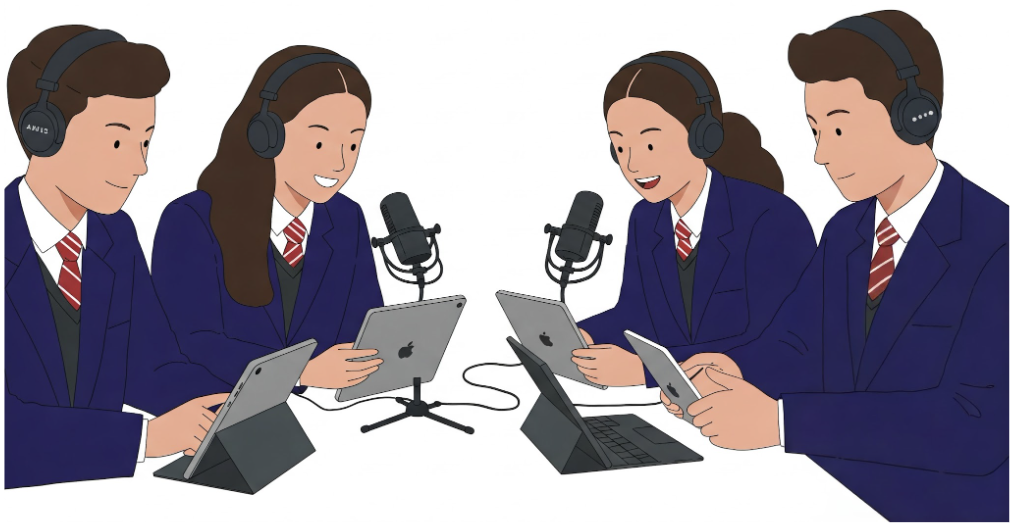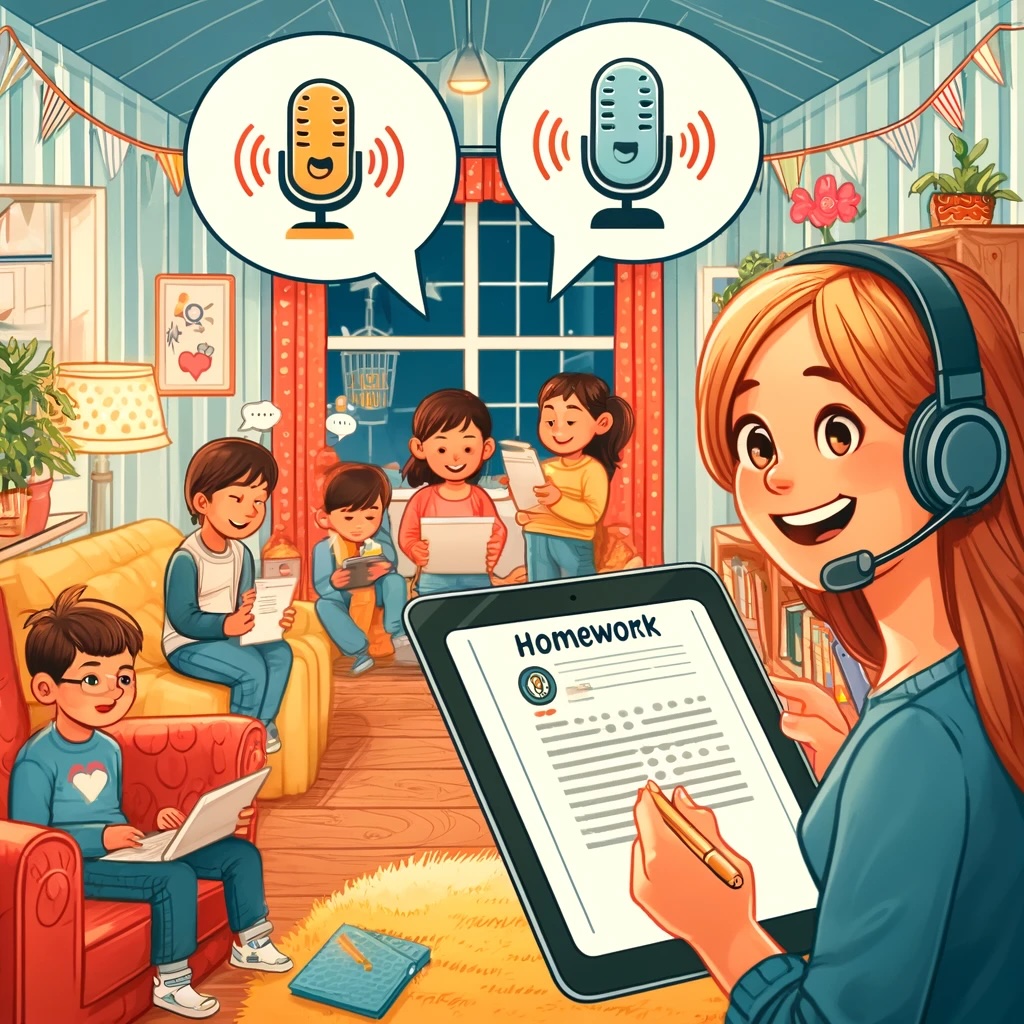Start a Podcast Club at School – Because Kids Have Something to Say
Let’s talk about kids and their voices. Not metaphorically—their actual voices. The way they speak, laugh, hesitate, stumble, recover, and ultimately express something only they can say.
At school, kids write essays, solve equations, learn facts. But how often do they get to share their thoughts in their own voice? Not often enough.
Enter the Podcast Club. No tech wizardry required. No fancy studio. Just a quiet classroom, a few iPads or Chromebooks, and an idea: let students speak—and be heard.
Before You Even Press Record
Let’s not overcomplicate things. Here’s how to start:
•Devices Ready: Create Your Sound Branch Site. Make sure your iPads or Chromebooks are set up with access to your school’s Sound Branch site (e.g., schoolname.soundbranch.com).
•Test It: Teachers should try a quick voice note. Record. Play it back. That’s it.
•Permission Slips: Yes, it’s the paperwork part. Get those parental consents signed and sorted.
Simple. Now let’s make some noise.
Lesson 1: Find Your Voice
Most students don’t like the sound of their own voice. That’s normal. Start small.
Activity:
Students record a 10-second voice note. Name and a favourite hobby.
Why it works:
It’s low-pressure. It builds confidence. And it gets them familiar with hearing themselves.
Bonus:
Post these to the class timeline. Let students reply to one another. Suddenly, it’s not just talking—it’s conversation.
Lesson 2: Podcast Episode 1 – What I Learnt in School Today
Now we raise the bar. A little structure. A little storytelling.
Activity:
In groups of four:
•Two students ask questions.
•Two students answer.
•Then they switch.
Record mini-interviews and post them to Sound Branch. Everyone plays both roles—interviewer and interviewee.
Why it works:
Students start learning how to listen. And not just for their turn to speak.
Lessons 3 to 6: Themed Episodes
This is where it gets fun. Pick a theme, keep the same group format. Rotate roles. Each week’s topic becomes a new episode.
•Lesson 3: Playground Stories
•Lesson 4: My Favourite Book or Film
•Lesson 5: What Makes a Good Friend?
•Lesson 6: If I Were Headteacher for the Day…
Why it works:
You get variety, depth, and a natural build-up of speaking and listening skills.
Lesson 7: VIP Guest Interview
Bring in a local hero. A teacher. The head. Even the school chef. Anyone students can look up to and learn from.
Activity:
Students prepare questions, conduct a group interview, and record it.
Why it works:
Real-world skills. Preparation. Active listening. Respect. It’s journalism in the classroom.
Lesson 8: Publishing and Sharing
A podcast that no one hears isn’t a podcast. It’s just a file.
Activity:
Choose podcast highlights. Embed them on the school website using Sound Branch’s embed feature.
Celebrate:
Hold a listening party. Parents, teachers, students all welcome. Maybe snacks, maybe not. But definitely applause.
Why It Matters
Podcasting doesn’t just build oracy. It builds identity. Students discover their tone, their rhythm, their voice. And in doing so, they listen better, connect deeper, and grow faster.
So start a Podcast Club. Don’t wait for permission or perfection. Just hit record—and let the students do the rest.
Because kids have something to say. Let’s listen.








